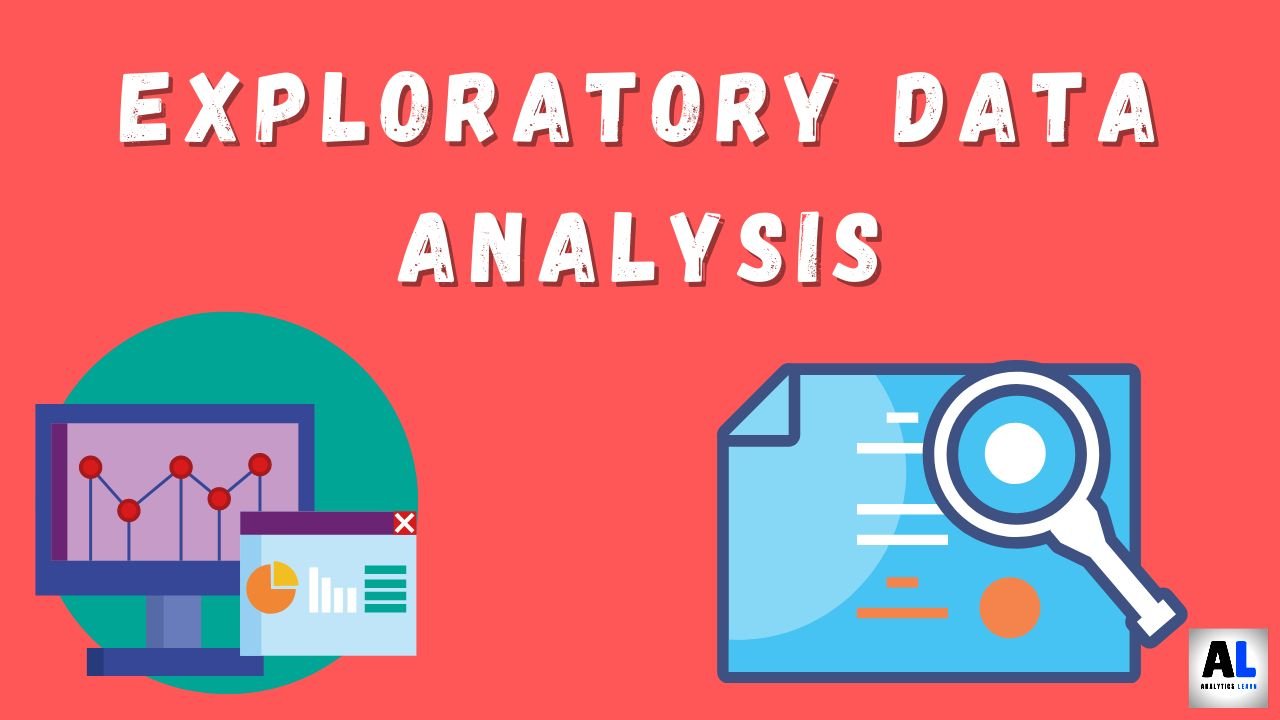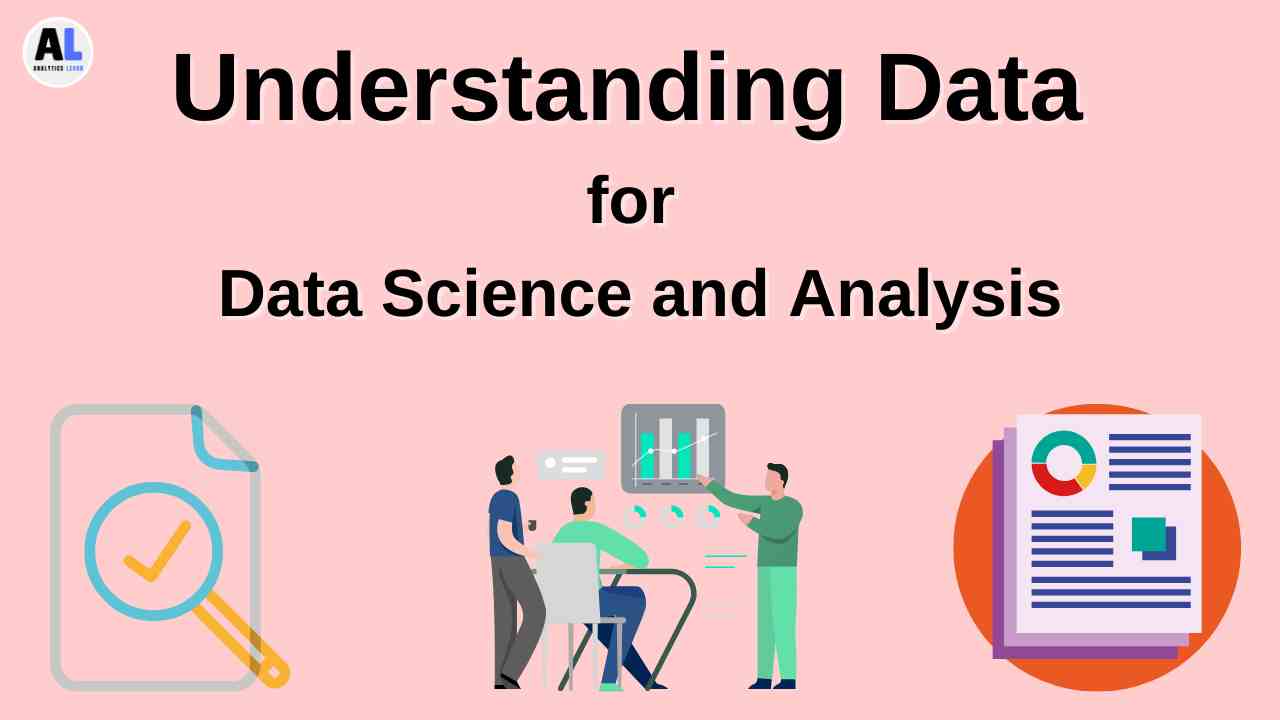In this article, we’ll explore some of the key reasons why data-driven analytics is of interest to companies and why it is highly used in different industries.
In today’s business world, data-driven analytics is becoming increasingly important for companies of all sizes and industries.
By leveraging data and analytics, companies can gain valuable insights into their operations, customers, and markets, enabling them to make informed decisions and stay ahead of the competition.
What is Data-Driven Analytics?

Data-driven analytics is the practice of using data and statistical analysis to make informed decisions and drive business outcomes.
It involves collecting and analyzing large amounts of data from various sources, such as customer data, sales data, and website traffic data, to identify patterns and trends, and draw insights that can inform decision-making.
Data-driven analytics is often used in industries such as finance, healthcare, retail, and manufacturing, where accurate data analysis can have a significant impact on business outcomes.
By using data to inform decisions, companies can improve operational efficiency, reduce costs, and gain a competitive advantage.
The process of data-driven analytics typically involves several steps.
Step 1: Companies must identify the data sources they want to analyze, and determine how to collect and store the data in a way that is accessible for analysis.
Once the data is collected, it must be cleaned and organized, to ensure that it is accurate and consistent.
Step 2: Companies use statistical analysis and data visualization tools to analyze the data, looking for patterns and trends that can inform decision-making.
For example, a retailer might analyze sales data to identify which products are selling well, and adjust their inventory and marketing strategies accordingly.
Step 3: Companies use the insights gained from the data analysis to make informed decisions and take action.
This might involve making changes to operational processes, developing new products or services, or adjusting marketing strategies to better target specific customer segments.
Key Reasons of Data-Driven Analytics for Companies Interest
1: Informed Decision-Making
One of the primary reasons why companies are increasingly turning to data-driven analytics is its power to inform decision-making. In a rapidly changing environment, businesses must make critical decisions quickly and accurately. Data-driven analytics empowers organizations to make decisions backed by concrete evidence rather than gut feelings or intuition.
For example, retailers can use historical sales data and market trends to make informed decisions about inventory levels and product offerings. This not only reduces the risk of overstocking or understocking but also enhances customer satisfaction by ensuring products are available when and where they are needed.
2: Enhancing Customer Experience
The customer experience is at the forefront of business success in today’s customer-centric era. Data-driven analytics allows companies to gain a deep understanding of their customers’ preferences, behaviors, and pain points. This insight is invaluable for tailoring products, services, and marketing campaigns to meet customer needs and expectations.
Personalization is a prime example of this. By analyzing customer data, companies can create personalized recommendations and offers, resulting in higher customer satisfaction and increased sales. Furthermore, data-driven insights can help identify and resolve customer issues proactively, improving overall customer loyalty.
3: Competitive Advantage
In an era of intense competition, businesses are constantly searching for ways to gain a competitive edge. Data-driven analytics provides that edge by enabling companies to uncover market trends, consumer preferences, and emerging opportunities before their competitors do.
For instance, in the finance industry, algorithmic trading relies heavily on real-time data analysis to identify profitable trading opportunities milliseconds ahead of competitors. In retail, predictive analytics can help forecast trends and demand, allowing companies to stock the right products at the right time, thereby outperforming competitors who rely on intuition.
4: Operational Efficiency
Efficiency is a cornerstone of success in any business. Data-driven analytics can pinpoint areas where operational improvements can be made. For example, in manufacturing, data analytics can optimize production processes to reduce waste and improve quality. In logistics, route optimization can save time and resources, ultimately reducing costs.
Moreover, predictive maintenance is gaining traction in various industries. By analyzing equipment sensor data, companies can predict when machinery is likely to fail and schedule maintenance before costly breakdowns occur. This approach not only saves money but also prevents unplanned downtime.
5: Risk Management
Every business faces risks, and managing them effectively is crucial. Data-driven analytics can provide valuable insights into risk assessment and mitigation. In the insurance industry, for example, companies use data analytics to assess policyholder risk, set appropriate premiums, and identify fraudulent claims.
Similarly, in the healthcare sector, predictive analytics can help identify patients at high risk of certain conditions, enabling early intervention and better health outcomes. In the financial sector, credit scoring models use data to assess the creditworthiness of borrowers, reducing the risk of defaults.
6: Product and Service Innovation
Innovation is the lifeblood of many businesses, and data-driven analytics plays a pivotal role in driving innovation. By analyzing market trends, customer feedback, and emerging technologies, companies can identify opportunities for new product or service development.
For instance, streaming platforms like Netflix use data analytics to analyze viewer preferences and create original content that caters to specific audience segments. In the automotive industry, data from sensors and user feedback drive innovations like autonomous vehicles and advanced driver-assistance systems (ADAS).
7: Compliance and Security
In today’s regulatory environment, compliance with data protection and security standards is non-negotiable. Data-driven analytics can help companies ensure they adhere to legal and ethical standards by monitoring and reporting on data usage and security.
For example, the General Data Protection Regulation (GDPR) requires businesses to protect the privacy and personal data of EU citizens. Data analytics tools can help identify and mitigate compliance risks, ensuring that companies avoid costly fines and legal issues.
8: Scalability and Adaptability
The business landscape is dynamic, with companies needing to adapt quickly to changing market conditions and consumer preferences. Data-driven analytics provides the agility required to stay ahead of the curve.
Scalability is a significant advantage. Companies can start small with data analytics and gradually expand their capabilities as needed. Cloud-based analytics platforms, for example, allow for easy scaling to accommodate growing data volumes and complexity.
Adaptability is another key aspect. Businesses can use data analytics to monitor market shifts and adapt their strategies accordingly. For example, during the COVID-19 pandemic, many companies leveraged data analytics to quickly pivot their business models and respond to changing consumer behaviors.
9: Employee Productivity and Performance
Data-driven analytics isn’t limited to external factors; it can also be applied internally to enhance employee productivity and performance. Human resources analytics can provide insights into employee engagement, turnover rates, and training needs.
By analyzing employee data, companies can identify areas where training or process improvements are needed, leading to a more motivated and efficient workforce. It also aids in talent acquisition by using data to match candidates with the skills and traits required for specific roles.
Top 5 Companies using Data-Driven Analytics
Many companies today use data-driven analytics to improve their operations and drive business outcomes, which shows why is data driven analytics of interest to companies.
Here are five examples of companies that are using data-driven analytics to great effect:
1. Amazon
Amazon is a leading e-commerce company that uses data-driven analytics extensively to improve its operations and customer experience.
By analyzing customer behavior data such as browsing history, purchase history, and search queries, Amazon is able to provide personalized product recommendations and targeted marketing campaigns, improving customer satisfaction and increasing sales.
2. Google
Google is a technology company that is known for its innovative use of data-driven analytics.
By analyzing user search queries, browsing history, and other data sources, Google is able to provide personalized search results and targeted advertising, improving the user experience and increasing advertising revenue.
3. Netflix
Netflix is a streaming media company that uses data-driven analytics to personalize its content recommendations and improve user engagement.
By analyzing user viewing history, search queries, and other data sources, Netflix is able to provide personalized content recommendations and optimize its content offerings, improving user satisfaction and retention.
4. Procter & Gamble
Procter & Gamble is a consumer goods company that uses data-driven analytics to improve its supply chain operations and optimize its product offerings.
By analyzing sales data, production data, and supply chain data, Procter & Gamble is able to identify inefficiencies and opportunities for optimization, reducing costs and improving product quality.
5. Uber
Uber is a transportation company that uses data-driven analytics to optimize its operations and improve the user experience.
By analyzing data from its driver and passenger apps, as well as external data sources such as traffic patterns and weather data, Uber is able to optimize its pricing and routing algorithms, improving the efficiency and reliability of its service.
These are just a few examples of companies that are using data-driven analytics to improve their operations and drive business outcomes.
As more companies recognize the value of data-driven analytics, we can expect to see even more innovative uses of data in the years to come.
Conclusion
In summary, data-driven analytics is the practice of using data and statistical analysis to make informed decisions and drive business outcomes.
By collecting and analyzing data from various sources, companies can identify patterns and trends, gain insights into their operations and customers, and make data-driven decisions to improve efficiency, reduce costs, and gain a competitive advantage.
Data-driven analytics is of interest to companies for a variety of reasons, from identifying patterns and trends to improving operational efficiency, personalizing customer experiences, and gaining a competitive advantage.
By leveraging data and analytics, companies can make more informed decisions, stay ahead of industry trends, and ultimately drive business success.
Related Article: What are the Steps in Data Analysis? You Should Know

Meet Nitin, a seasoned professional in the field of data engineering. With a Post Graduation in Data Science and Analytics, Nitin is a key contributor to the healthcare sector, specializing in data analysis, machine learning, AI, blockchain, and various data-related tools and technologies. As the Co-founder and editor of analyticslearn.com, Nitin brings a wealth of knowledge and experience to the realm of analytics. Join us in exploring the exciting intersection of healthcare and data science with Nitin as your guide.










